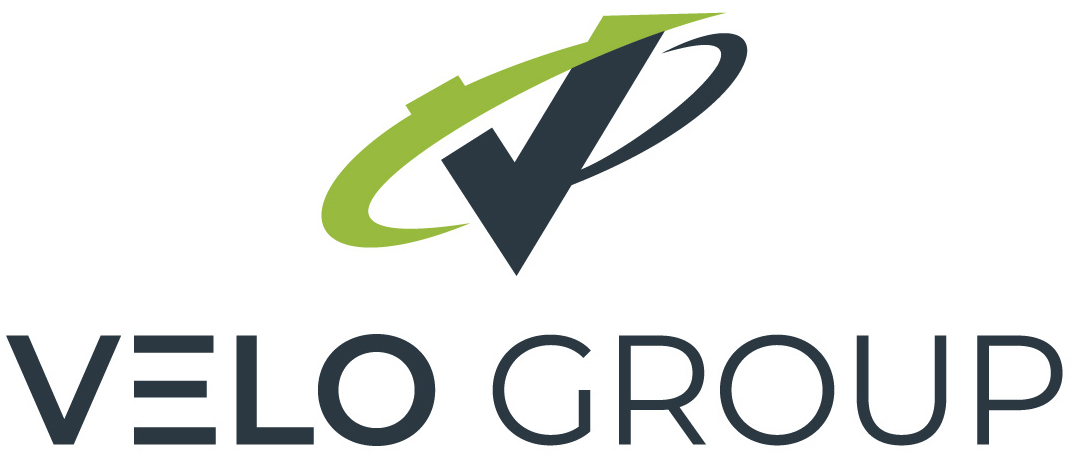
In today’s hyper-connected world, it’s tempting to think we can run every project from behind a screen. Video calls, emails, and messaging apps make it easy to stay in touch without ever leaving the office or job trailer. But in the construction industry—where trust, alignment, and problem-solving are critical to success—face-to-face meetings are not just important; they’re often essential.
When I Can Meet, I Don’t Call
At Velo Group partnering sessions, we like to say:
“When I can meet, I don’t call. When I can call, I don’t email. When I do email, it’s to memorialize what was agreed upon.”
This is more than just an adage—it’s a blueprint for effective communication. Here’s why it matters.
The Human Element: Trust and Connection
Construction projects are built on more than concrete and steel; they’re built on relationships. Complex projects involve owners, designers, contractors, subcontractors, inspectors, and multiple agencies—all with different priorities. Getting these parties aligned requires more than emails and screen shares.
When people meet face to face, they build rapport, read body language, and make personal connections. That connection fosters trust, and trust is the currency that keeps tough projects moving forward.
The Power of Presence: Faster Alignment and Decisions
Remote meetings have their place. But certain discussions—especially those involving sensitive issues, schedule impacts, change orders, or major risk decisions—are better handled in person. In a live meeting, people tend to be more engaged, listen more intently, and collaborate more openly.
Face-to-face meetings also reduce misunderstandings. A nod, a furrowed brow, a quick side conversation—all these nuances get lost in virtual environments. When you’re in the same room, you can read the situation and pivot in real time, avoiding endless back-and-forths later.
Avoiding the “Reply All” Spiral
In construction, written communication is critical for documenting agreements, RFIs, and changes. But relying on emails or chat threads to resolve complex problems can drag issues out for days or weeks. Worse yet, written words can be misread, causing friction.
When teams meet live, they hash things out, get aligned, and then document the agreement afterward. That’s how you keep projects moving and relationships intact.
Some Meetings Should Only Be Face-to-Face
Not all meetings warrant dialing in from afar. Here are a few examples of meetings that should be in person whenever possible:
- Initial partnering workshops: These set the tone for the entire project and establish relationships. Trust starts with a handshake, not a headset.
- Major milestone reviews or risk summits: Big decisions with big consequences deserve full attention—and body language matters.
- Conflict resolution meetings: Tough issues are best handled across the table, where empathy and nuance can come through.
- Project closeouts and lessons learned: Sharing successes (and mistakes) is far more impactful when people look each other in the eye.
Face-to-Face Doesn’t Eliminate Documentation
Just because we prefer to meet doesn’t mean we ignore the paper trail. Smart teams use in-person meetings to build consensus, then follow up with written RFIs, emails, or memos to memorialize what was agreed. That’s how you blend human connection with the contractual record.
In Summary: Build it Right—Build it Together
Construction is a people business. Projects go sideways not because of technical problems, but because of misaligned expectations, missed signals, or lack of trust. By prioritizing regular face-to-face meetings, you create opportunities for clarity, collaboration, and genuine partnership.
So next time someone asks if they can dial in, ask yourself: Is this a meeting where we’d be better off shoulder to shoulder, rolling out drawings, solving problems, and walking out truly aligned? If the answer is yes—make it happen.
